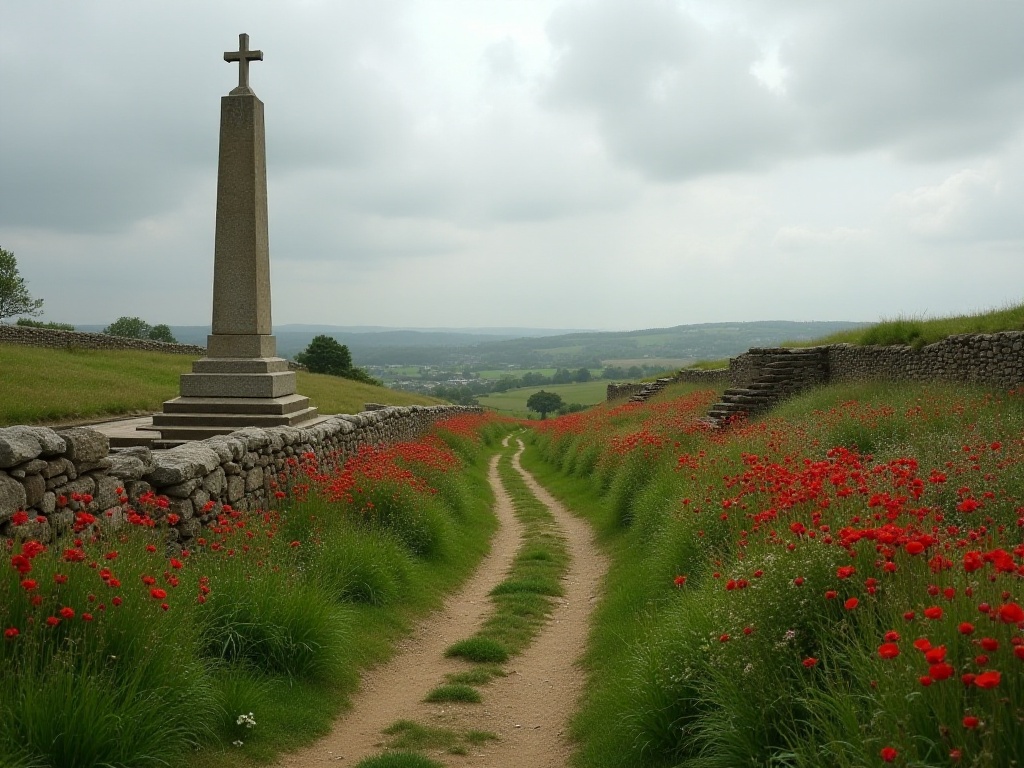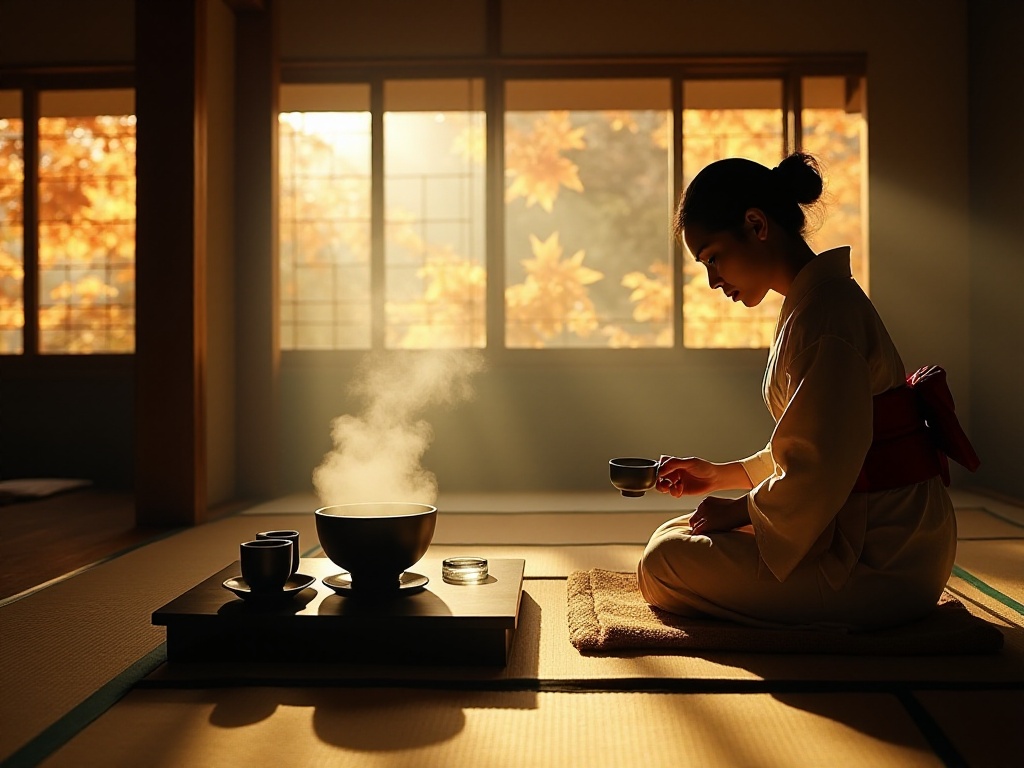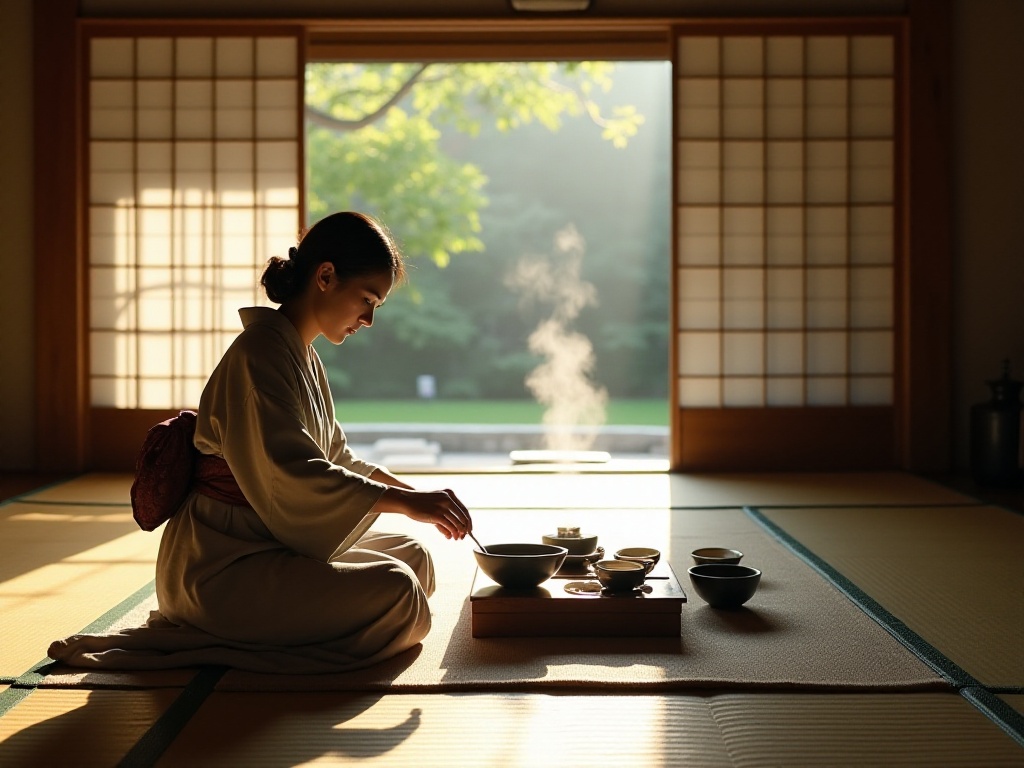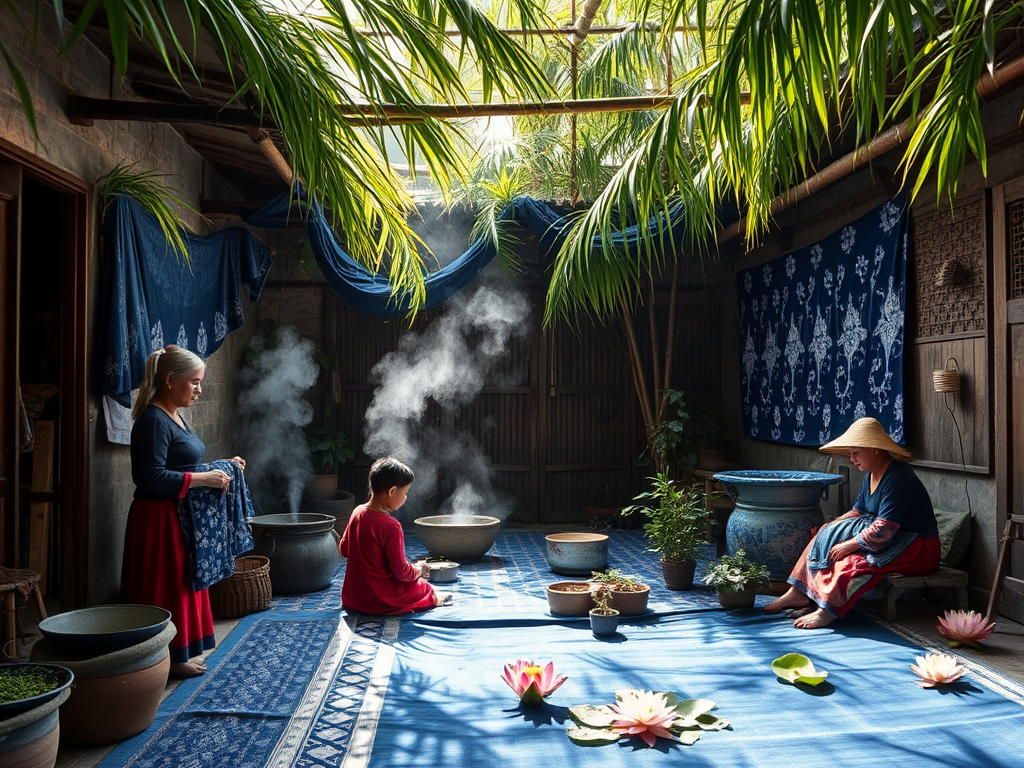Pre-departure Thoughts
Hello everyone! Today I want to share with you an exciting travel experience that kept me awake at night - trekking to Mount Everest Base Camp. As a travel blogger who has been to many places, I must say this was absolutely the most breathtaking travel experience of my life. Every time I recall that moment of standing at base camp and looking up at Everest, my heart still races. That overwhelming feeling, like standing at the feet of a giant looking up at the sky, makes you feel both insignificant and filled with awe for life.
Preparation
Getting to Everest Base Camp is definitely not a spontaneous trip - it requires thorough preparation and planning. I spent three whole months preparing for this journey. First was physical training: waking up at 5 AM daily to run, gradually increasing from 5km to 10km, along with strength training, especially focusing on legs and core. I went to the gym weekly for squats and deadlifts to build leg strength. Additionally, I often climbed city stairs with a 15kg backpack to simulate exercise in high-altitude conditions.
Choosing equipment was also a major project. I spent two full weeks running between outdoor equipment stores to select the most suitable gear. Hiking boots were crucial - I tried at least a dozen pairs from different brands before settling on a pair of professional Italian mountaineering boots. Though expensive, they offered excellent comfort and protection. For thermal underwear, I chose merino wool material - pricey but with great warmth and odor resistance. I also purchased professional trekking poles, fleece jacket, hardshell jacket, windproof pants, down jacket, warm hat, gloves, sunglasses, and other equipment.
For altitude sickness prevention, I started taking Rhodiola capsules a month in advance and prepared medications for headaches and nausea. I also got a comprehensive medical checkup to ensure I was fit for high-altitude conditions. Additionally, I packed vitamin C tablets, glucose, chocolate for energy, and medical supplies like band-aids and bandages.
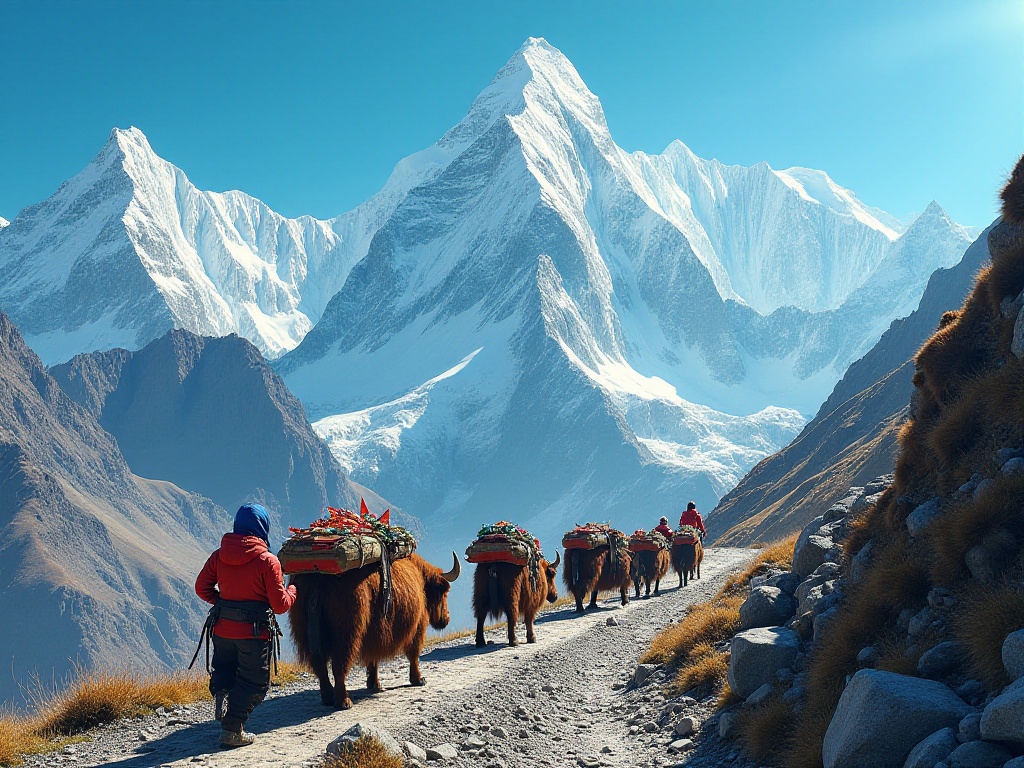
Route Analysis
The trekking route from Kathmandu to Everest Base Camp takes 8 days, a challenging but exciting journey. The first stop is Lukla, reached by small aircraft from Kathmandu. Honestly, just this flight is thrilling enough. Lukla airport, built on a cliff edge with only a 527-meter runway, is one of the world's most dangerous airports. When the plane landed, my heart nearly jumped out, but this excitement also filled me with anticipation for the journey ahead.
From Lukla, we first trekked to Namche. This section was relatively easy with minimal altitude change, but we could already feel the difference in the high-altitude environment. Along the way, we passed several small villages, seeing local life - children playing by the road, elderly people sunbathing in front of their homes.
Next was the trek from Namche to Namche Bazaar, where the altitude increased significantly from 2800m to 3440m. Namche Bazaar is an important supply stop with many outdoor shops and restaurants. We rested here for a day to better acclimatize.
The journey from Namche to Dingboche was the most challenging part, with continuing altitude gain and increasingly thin air. With each step, we could feel the pressure of the high-altitude environment. However, seeing the snow-capped mountains in the distance made all the fatigue worthwhile.
The final stretch from Dingboche to Base Camp involved climbing from 4300m to 5364m. Though not long in distance, this section was particularly strenuous due to the altitude. However, when we finally reached Base Camp and saw Mount Everest right before us, all the hardship transformed into a sense of achievement.
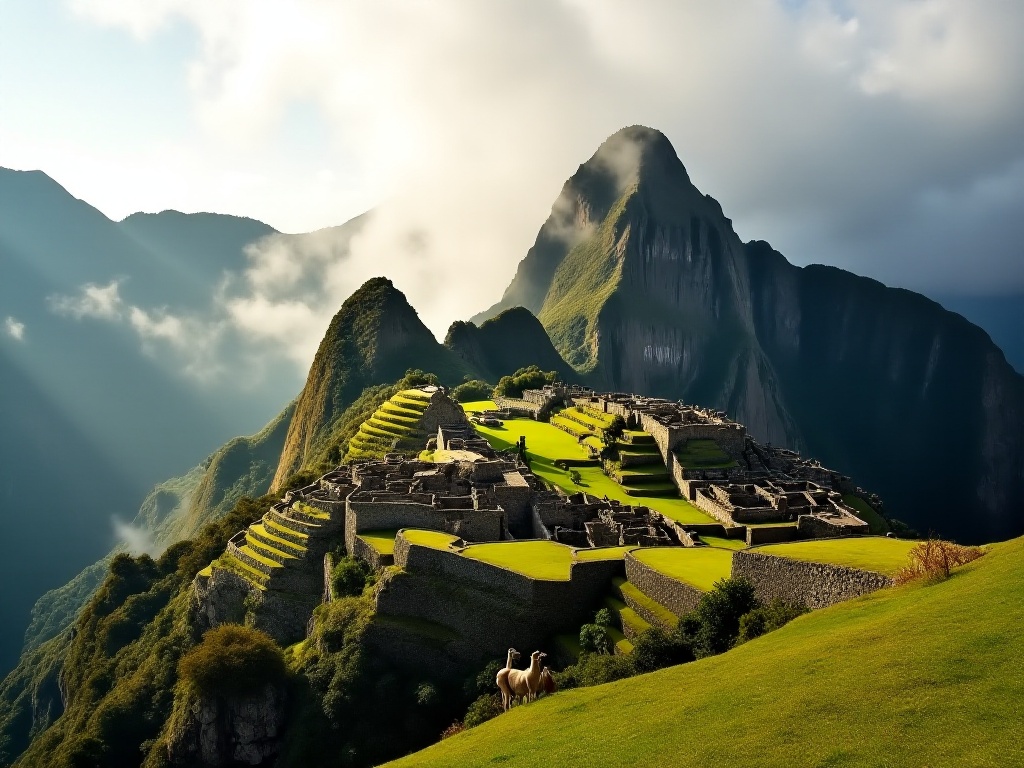
Life at High Altitude
Life at high altitude is a completely new experience. We would wake up at five every morning to prepare for departure. Mornings at high altitude are especially cold, often below zero. But when the sun rises, the temperature quickly increases, requiring careful attention to adding or removing layers of clothing.
Walking with nearly 15kg of gear at high altitude requires tremendous willpower for each step. Above 5000m, the oxygen content in the air is only about half that of plain areas. Even walking a few steps causes breathing difficulties and increased heart rate. But when you look up and see Everest right in front of you, all fatigue instantly disappears. That feeling is like standing on the roof of the Earth, overlooking the world.
We stayed in simple lodges with basic conditions. Nights were very cold, and sometimes even thick sleeping bags couldn't prevent us from waking up from the cold. However, these harsh conditions made us appreciate every warm moment more, like drinking a hot cup of milk tea or gathering with teammates to chat.
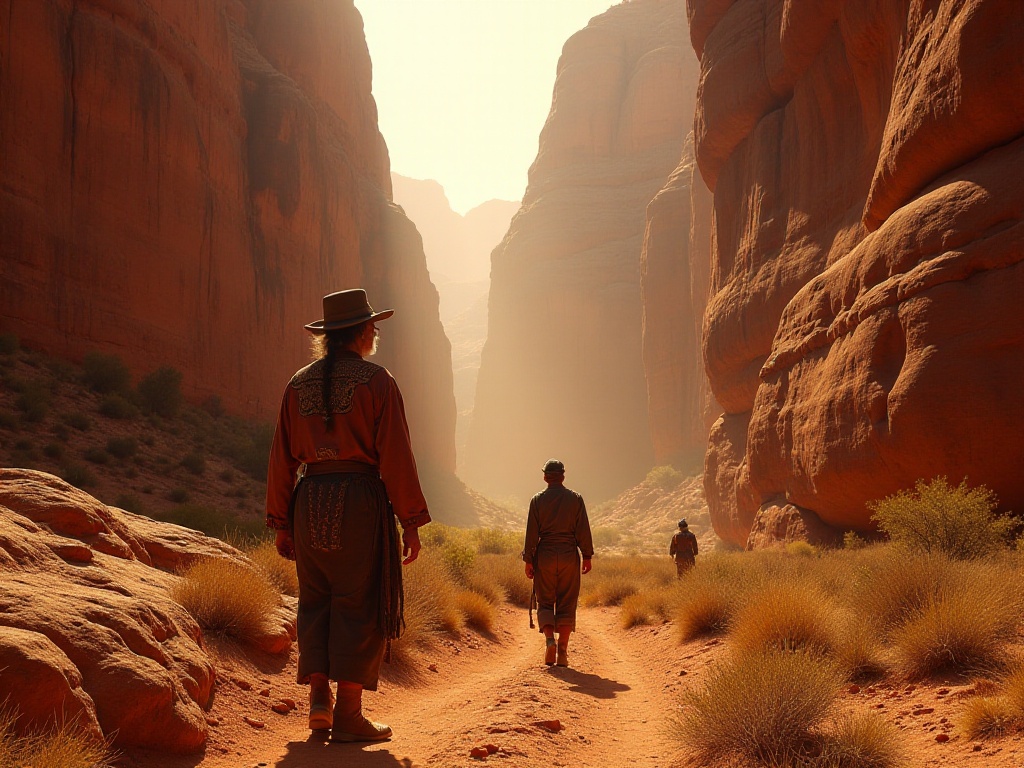
Scenery Along the Way
The scenery along this trekking route is absolutely the most stunning I've ever seen. Starting from low altitude areas, the first sight is lush forests. Pine and cedar trees grow tall on the hillsides, their leaves gleaming green in the sunlight. Streams flow through the mountains with crisp sounds, and occasionally rainbows appear above waterfalls.
As altitude increases, the landscape changes. Forests gradually give way to alpine meadows, with various wildflowers blooming - purple gentians, yellow saussureas, white edelweiss forming a colorful tapestry. Here, we often saw yaks grazing leisurely, their bell sounds echoing through the valley.
Continuing upward, vegetation becomes sparse, eventually leaving only bare rocks. But the scenery here is even more magnificent. Huge glaciers extend down from the peaks, gleaming silver in the sunlight. Surrounding snow mountains stretch endlessly, like giants guarding this sacred land.
Most memorable was seeing Everest in the morning. When the first rays of sunlight hit the summit, the entire peak seemed coated in rose gold. As sunlight gradually moved downward, the snow mountain's colors changed constantly, from rose gold to golden yellow, then to dazzling white. This sight is beyond description in any language.
Sometimes, we could see clouds flowing between peaks like white ribbons wrapping around the mountainside. When wind blew, the sea of clouds would dance, forming various wonderful shapes. On clear nights, stars seemed within reach, the Milky Way clearly visible, making one feel as if floating in space.
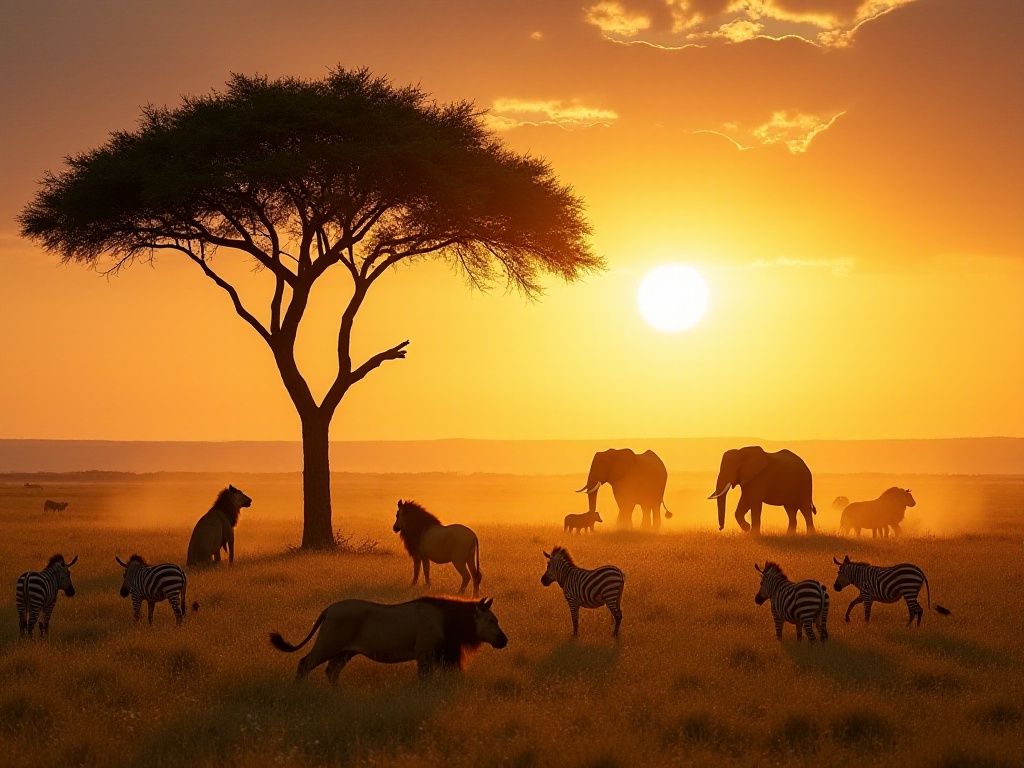
Local Culture
During this journey, what touched me most was the warmth and kindness of local people. Tibetans and Sherpas always treat visitors with kindness, expressing friendliness through smiles even when language barriers exist.
In a Tibetan family's home in Namche, I first tasted authentic butter tea. The host made butter from fresh yak milk, then mixed it with tea leaves and added a pinch of salt. Though the taste was unusual for us, we could feel the host's sincerity. They also offered us tsampa, a traditional food made from barley flour and butter tea.
Sherpas serve as guides and porters here, knowing these mountains like the back of their hands. I was amazed to see them easily carrying 40+ kg loads on steep mountain paths, maintaining steady steps without complaints. They told me they grew up here, and these mountains are their home.
Along the way, we often saw prayer flags fluttering in the wind. These colorful flags covered with scriptures are believed to spread blessings in all directions when blown by the wind. At important passes, we could see mani stone piles, made of stones carved with scriptures, representing reverence for spirits.
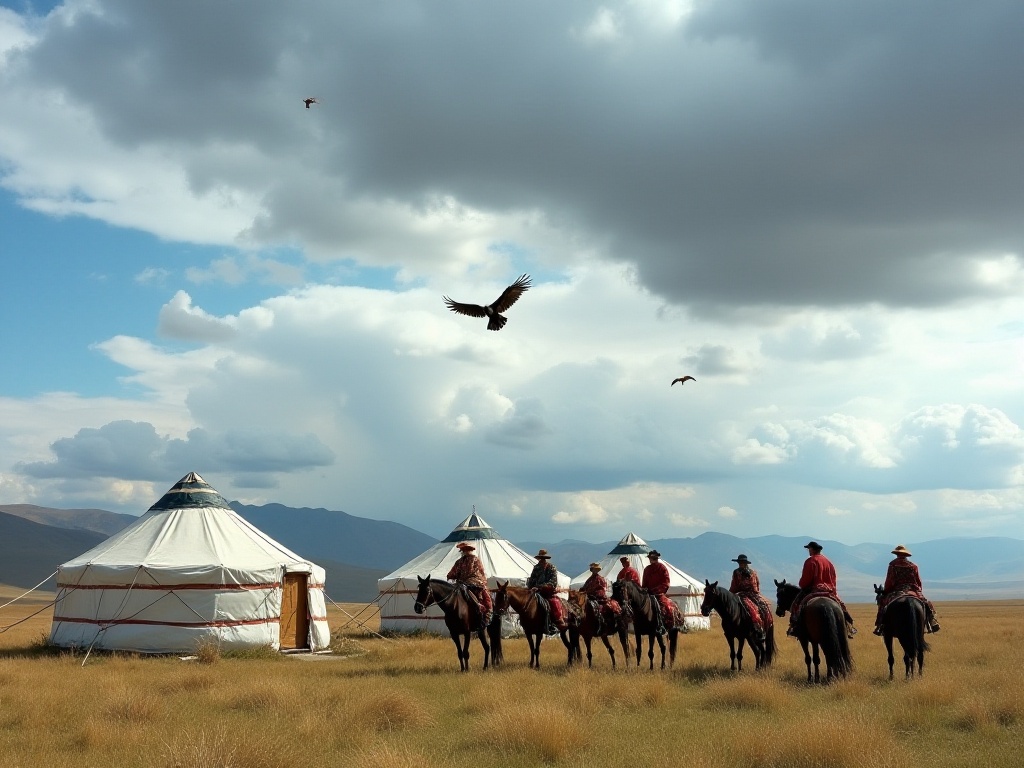
Unexpected Gains
At Base Camp, I met an elderly German couple on their third visit to Everest. The gentleman was 75 years old but still vigorous with steady steps. They told me they started mountaineering when young and had since visited famous peaks worldwide.
The elderly gentleman said that for true mountain lovers, age is just a number. What's important is maintaining enthusiasm for life and reverence for nature. They shared many mountaineering experiences, like how to adjust breathing rhythm at high altitude and how to judge weather changes.
More touching was that despite their multiple visits, they still showed amazement when seeing Everest. They said each visit reveals new beauty - that's the magic of nature. Through our conversations, I understood what true passion means and gained new perspective on my future life.
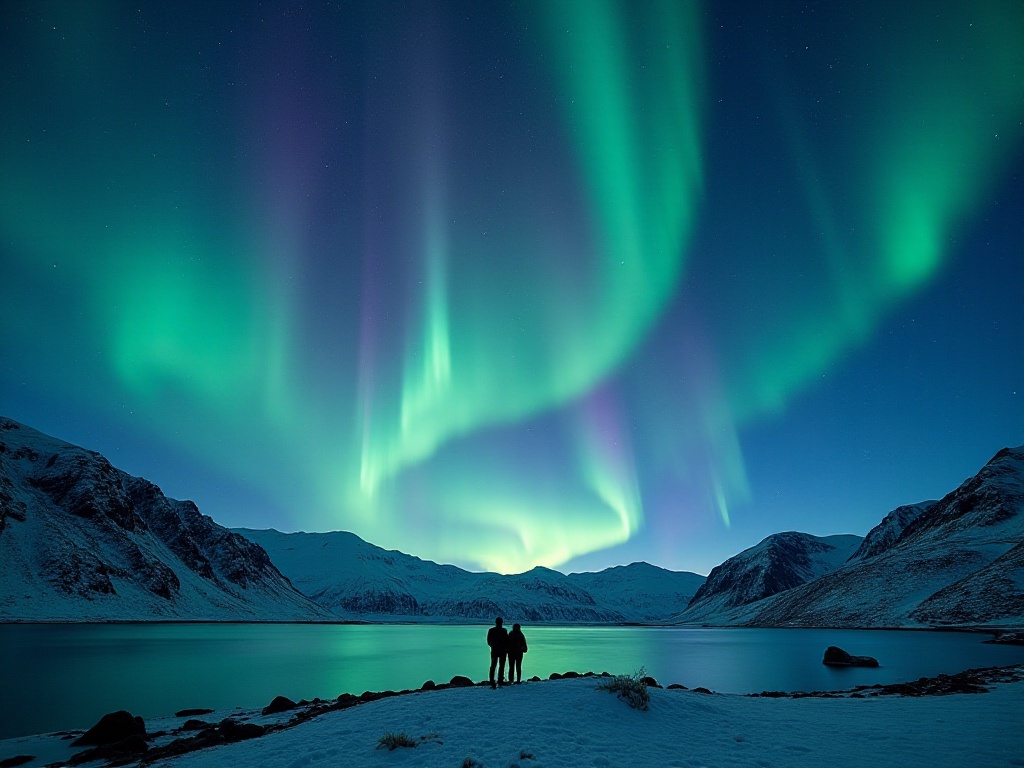
Practical Guide
Regarding equipment, I must emphasize several key points. First are hiking boots, absolutely one of the most important pieces of gear. Choose waterproof ones and break them in well beforehand. I saw people forced to quit mid-journey due to ill-fitting boots causing blisters - truly unfortunate.
Warm clothing is also crucial. Even in summer, nighttime temperatures drop below zero. I recommend layering: moisture-wicking base layer, thermal underwear, fleece jacket, down jacket, and hardshell jacket. This allows adjustment according to temperature changes.
Sun protection is essential. High-altitude UV radiation is particularly strong - sunburn happens easily without proper protection. I recommend sunscreen with SPF 50+ and frequent reapplication. Sunglasses and hats are also necessary to protect eyes and face.
Additionally, I remind everyone to bring common medications. Besides altitude sickness prevention and treatment drugs, prepare medicines for colds and diarrhea. At high altitude, body resistance decreases, so special attention is needed.
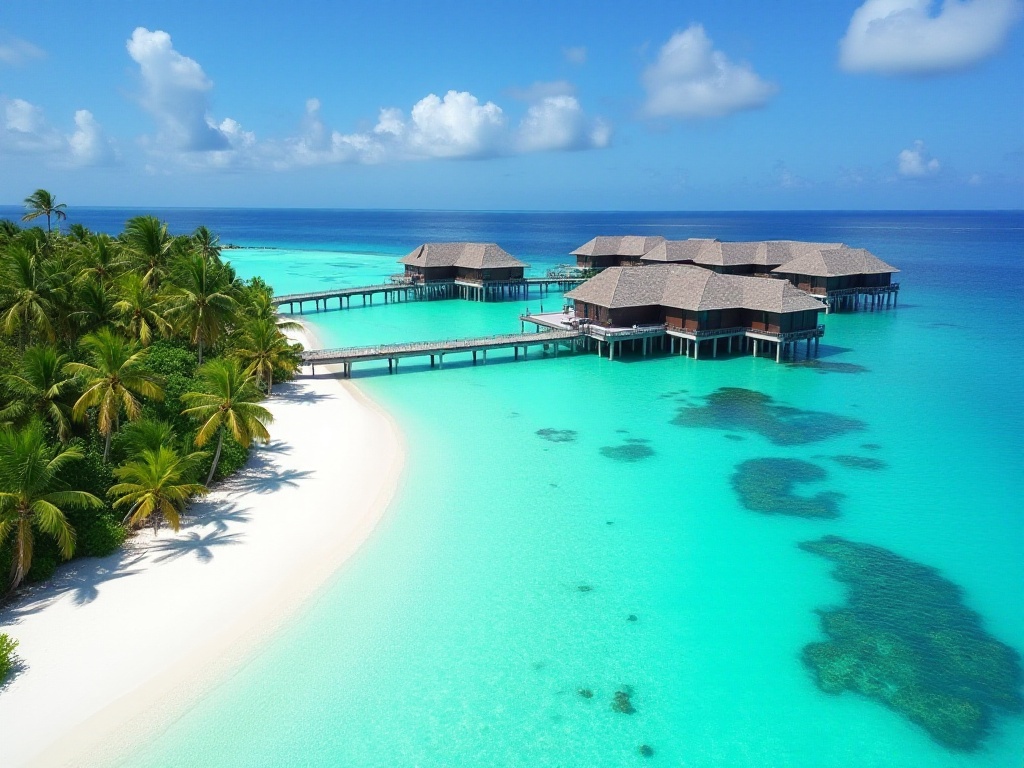
Cost Reference
Total trip cost was around 30,000 RMB. This included about 6,000 RMB for round-trip flights - from mainland China to Kathmandu and from Kathmandu to Lukla by small aircraft. Accommodation was relatively cheap, averaging 100-200 RMB per night, though conditions were basic.
Guide fees were a major expense at about 8,000 RMB, but absolutely necessary. Guides not only know the routes but can provide help in emergencies. Equipment rental and purchase costs should also be considered - buying all new equipment might cost around 10,000 RMB.
Food costs were relatively low, but note that prices increase with altitude as all supplies must be carried up by porters. Also reserve some funds for unexpected expenses like possibly needing to rent oxygen bottles.

Important Notes
Altitude sickness requires the most attention. I recommend taking a gradual approach, giving your body enough time to adapt. Plan daily itineraries reasonably, don't rush to reach destinations. Maintain steady pace without strenuous exercise to reduce altitude sickness risk.
Hydration is crucial - drink at least 3 liters of water daily. Drink water regularly even if not thirsty. The body dehydrates faster at high altitude, making water intake particularly important. Also ensure adequate rest - try to sleep early to allow full recovery.
If experiencing headache, nausea, severe fatigue or other symptoms, immediately inform your guide. Don't push through - this could have serious consequences. Guides have rich experience handling these situations.
Final Words
Standing at Everest Base Camp at 5364m, looking up at the world's highest peak, that feeling truly defies description. You might think this journey too arduous, but I want to say it's exactly these challenging experiences that make life more meaningful.
There, you not only see the majesty of the world's highest peak but also feel human insignificance before nature. This experience gave me new understanding of life and taught me true reverence.
This journey taught me many things: how to persist through difficulties, find strength in challenges, and appreciate every beautiful moment along the way. These are life wisdoms you can't learn from books.
How about it? After reading my share, do you feel inspired to visit Everest Base Camp? Welcome to share your thoughts in the comments. If you have similar high-altitude trekking experiences, please share with everyone. Let's share these unforgettable travel stories, learn from and encourage each other.




